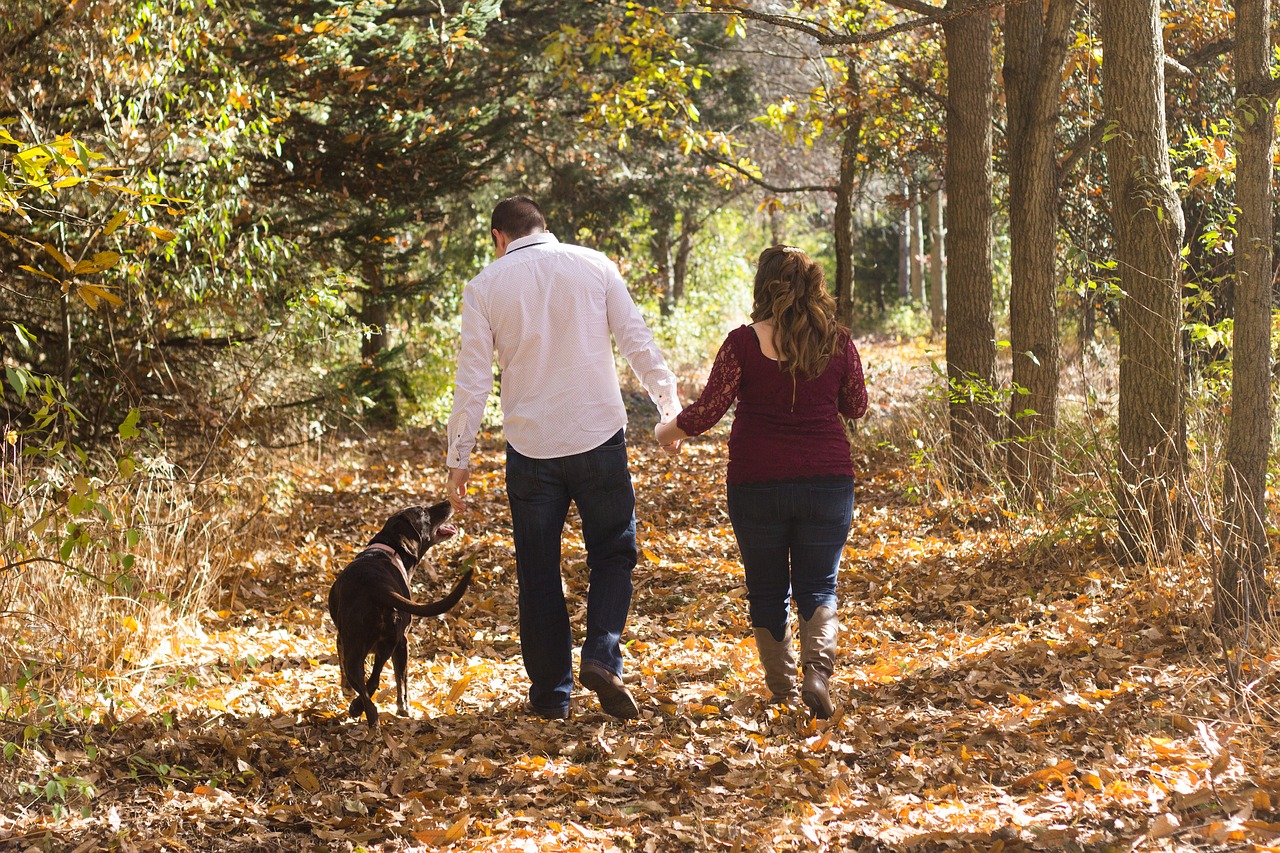Disease risk is determined by many factors that are often hard for researchers and clinicians to quantify. The prevalence of a pathogen may vary depending on region, but exposure does not necessarily lead to infection. Further, the severity of the disease following infection is not the same in every case. As seen with the COVID-19 pandemic, those who test positive for SARS-CoV-2 RNA may have no idea when they were exposed and could be asymptomatic, pre-symptomatic, or symptomatic. Research suggests that this is often true for vector-borne diseases as well.
Environmental Differences
People who engage in outdoor activities or work outside may have a higher risk than those who spend most of their time indoors. Further, the geographic region can determine how likely contact with a vector(s) for a specific disease is. Moreover, fleas, ticks, and lice may only be able to carry and transmit certain pathogens.
One example is Bartonella bacilliformis and its vector, Lutzomyia verrucarum. Bartonella bacilliformis infection, or Carrions disease, is unlikely to occur outside of South America because these sand flies are endemic to the Andes region.
Natural and man-made variations in the environment that animals and people are exposed to can also lead to differences in their likelihood of acquiring flea- and tick-borne pathogens. Extensive tick testing in the United States has found differences depending on how continuous or broken up natural areas are. Ticks that live at the edge of clearings have different levels of pathogens than ticks that live deep in a forest.
Recent research in the UK has found that the risk can be dramatically different even from year to year. For example, in one year, researchers won’t be able to turn up a single tick carrying Lyme disease in a particular park, but the next year, 1 in 4 ticks in the same park might carry the pathogen.
Population Differences
Disease risk due to population differences is sometimes incorrectly simplified to assumed genetic variations. Even within a family, a disease cluster may have nothing to do with genetics. Families and populations have a lot of similarities beyond genetics. To start with, they are exposed to a similar environment. They have passed between themselves component microbes of the microbiome. They likely have similarities in lifestyles, food, etc.
For example, scientists from Galaxy Diagnostics and other organizations published an article in 2013 about a family that tested positive for Bartonella henselae DNA using Bartonella ePCR™. Though it is impossible to determine exactly how they were infected, their home was infested with woodlouse-hunting spiders that seem to have bitten them. Woodlice are known carriers of B. henselae, and the spiders may have transferred the pathogen from their prey to the family.
In this case, three of four members of the family developed bartonellosis after being exposed to the same environment. There is not necessarily any reason to suspect that the family had a special genetic susceptibility to bartonellosis when their shared exposure provides an explanation.
Chance
What most of us would call “chance” or “randomness” has more precise terms in statistical analysis. The kinds of variations that are susceptible to chance exist in all diseases, not just those caused by pathogens. They make it difficult to determine if a cluster means anything or nothing at all about environmental or individual risk.
These elements of chance do not only affect who becomes infected with a pathogen. The same elements of chance affect disease outcomes. Some people get very sick and some people do not. Flea- and tick-borne disease models currently have a great deal of frailty—there probably are elements of genetics, microbiome, and so on that are yet to be discovered that explain more about risk—and they will probably also have stochastic variation even as the models are improved with more information.
Conclusion
The risk of flea- and tick-borne diseases in both animals and people varies considerably around the world. Even the same environment can vary from year to year. When the risk can be pinned down, there’s no way of telling whether one particular bite transmits a pathogen or not. Tick-bite prevention and avoiding other vectors like fleas is important to protecting people or pets from the bite that does.
References
Mascarelli, P. E. et al. (2013). Bartonella henselae infection in a family experiencing neurological and neurocognitive abnormalities after woodlouse hunter spider bites. Parasites & Vectors, 6, 98. 10.1186/1756-3305-6-98 https://parasitesandvectors.biomedcentral.com/articles/10.1186/1756-3305-6-98
Cull, B. et al. (2021). A nationwide study on Borrelia burgdorferi s.l. infection rates in questing Ixodes ricinus: A six-year snapshot study in protected recreational areas in England and Wales [online ahead of print]. Medical and Veterinary Entomology. 10.1111/mve.12503 https://pubmed.ncbi.nlm.nih.gov/33415732/
Aalen, O. O. et al. (2015). Understanding variation in disease risk: The elusive concept of frailty. International Journal of Epidemiology, 44(4), 1408-1421. 10.1093/ije/dyu192 https://academic.oup.com/ije/article/44/4/1408/666894



